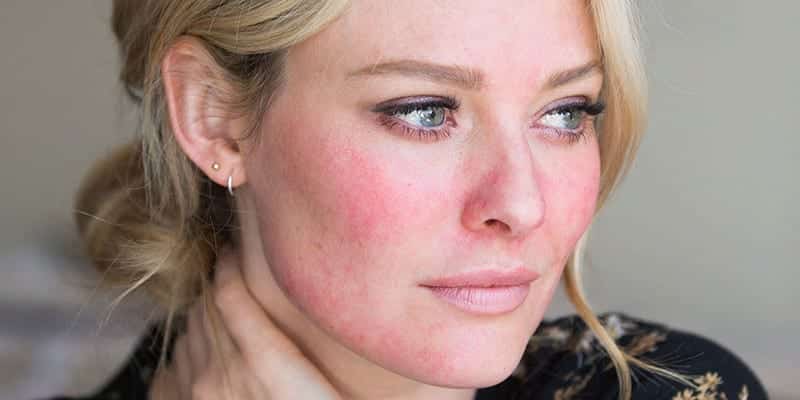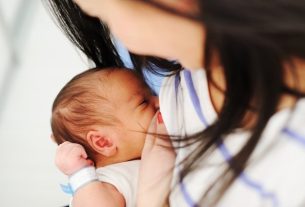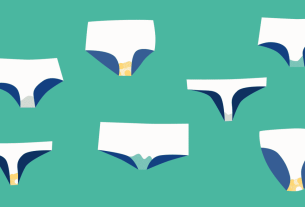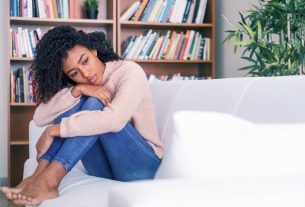Rosacea is a chronic skin inflammation, common among women, characterized by a lot of redness and burning in the center of the face.
For a portion of the population, skin problems are extremely common. Despite this, some people are unable to characterize or even differentiate skin diseases. Consequently, there may be confusion when understanding the types of inflammation. For example, rosacea – mistakenly characterized as “acne rosacea” –, confused with normal pimples.
Rosacea is a type of skin inflammation that manifests itself in the central region of the face, appearing on the cheeks, nose and chin. It is characterized by intense redness in this region, which causes a lot of discomfort. It is more common to appear in adults, between 30 and 50 years of age.
Although it mainly affects women, it can also occur in men. Generally, the most serious cases of the disease appear in males.
Therefore, today we will talk more about this disease, the main symptoms and the type of treatment. Let’s go!
What is rosacea
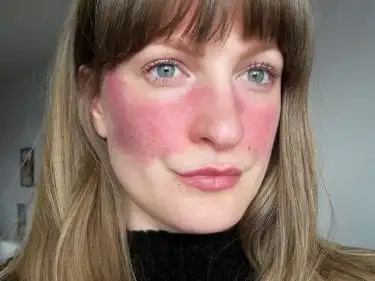
As previously mentioned, it is a chronic inflammatory disease that directly affects the skin of the face. Rosacea affects around 1.5% to 10% of people around the world. It mainly affects adults (over 30 years of age) and women.
However, it can also affect men, resulting in more serious cases of the disease, and can even evolve along with other skin diseases, such as rhinophyma. Furthermore, rosacea rarely appears in black people.
However, the real origin of this inflammation is still unknown, but we can mention some factors that are related to the appearance of rosacea.
According to the Brazilian Society of Dermatology, the most common are: a genetic predisposition (more common in white people and people of European descent), hormonal problems, stress, climate change, exposure to the sun, ingestion of alcoholic beverages and very hot foods.
Types of rosacea
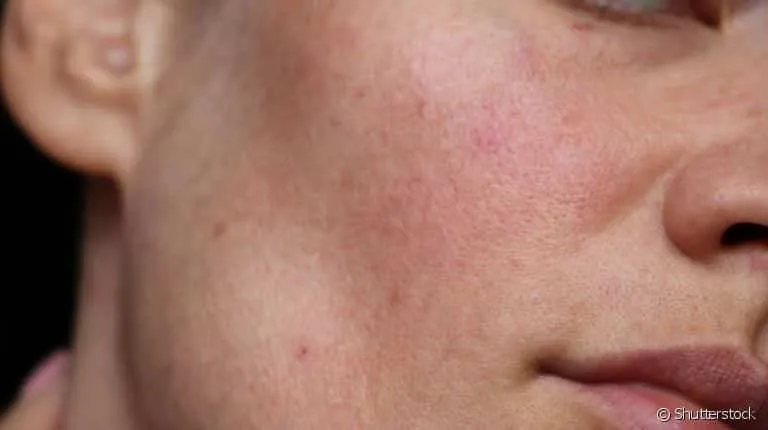
There are basically at least four types of rosacea. We present them to you:
Erythemato telagenctasia – Subtype 1
This is the most common of all, normally detected when the skin becomes very red, leaving the vessels visible. It is noticed mainly in the central region of the face, and can be aggravated by excess alcohol, too much sun exposure and physical exercise. Furthermore, it can cause a lot of burning in the face.
Papulopustulous – Subtype 2
In addition to the traditional redness of rosacea, this type also presents papulo-pustular lesions, very similar to common pimples. Despite this, don’t be confused: it’s not the same thing. Despite the similarity, this type of rosacea is not the same as acne.
Phymatose – Subtype 3
In the case of phimatosa, rosacea manifests itself by making the skin thicker and red, in some cases causing the nose to double in size. It is a more serious type of the disease, as some regions of the face can be affected. Therefore, there may be a need for surgical intervention.
Ocular – Subtype 4
Ocular rosacea can be accompanied by other types or alone. It manifests itself near the eye area, especially near the eyelashes, resulting in extreme redness and peeling of the skin. As it is a more serious type, it can progress to the point of affecting vision.
Symptoms
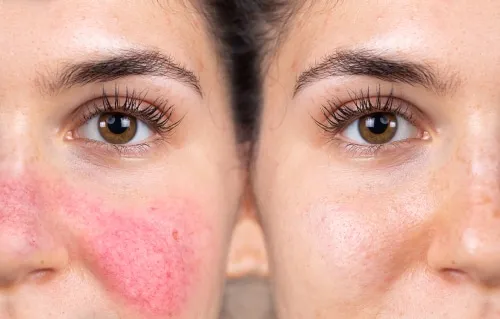
Symptoms can vary greatly depending on the degree and type of the disease. Therefore, when the first manifestation occurs, called pre-rosacea, the main characteristic is blushing, which is most of the time temporary. However, it can progressively progress to redness in the central region of the face. In this case, it does not regress and may be related to heat attacks and a lot of burning in the area.
It can also lead to enlarged blood vessels and papules or pustules. In this case, the inflammatory lesions are not like those caused by acne, precisely because they do not present black dots. Furthermore, it is very common to feel a burning and itching sensation.
Treatment
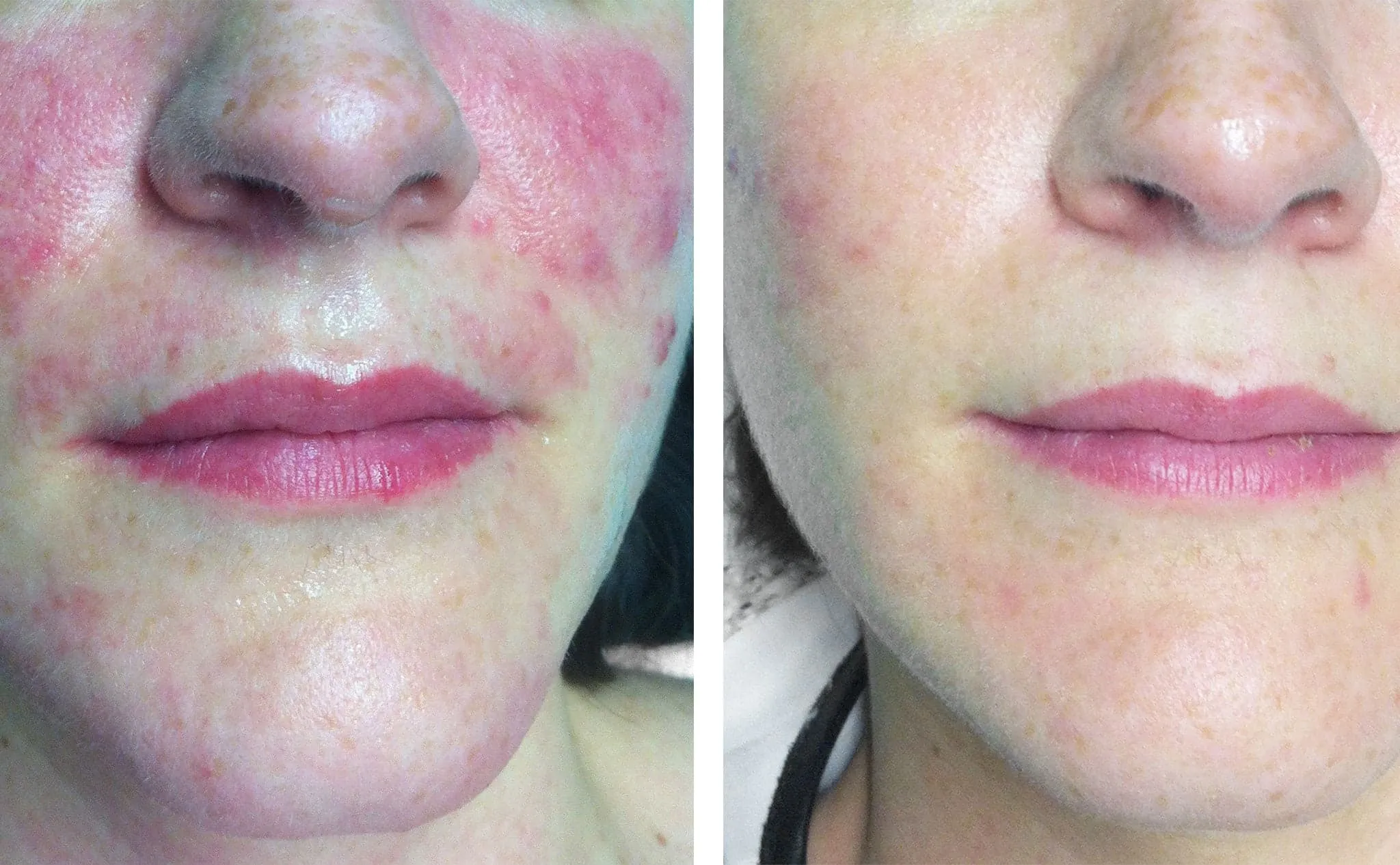
Based on these symptoms, the ideal is to see a dermatologist to confirm the origin of the redness. Therefore, clinical diagnosis is essential to identify the problem, assess the stage and define the type. In some cases, a biopsy may be necessary to make a diagnosis.
However, as it is a chronic skin disease, there is currently no definitive cure in use. Therefore, rosacea treatment is indicated according to the type and degree of evolution. As there is no cure, the aim of treatment is to prevent the disease from progressing, and depending on the stage, even reverse the condition.
Treatment can be done in three ways: topical, local, systemic, with oral antibiotics, and surgical. The latter is done using a laser, to perform electrosurgery and dermabrasion.
Furthermore, it is essential to avoid risk factors that can lead to rosacea.
Prevention and care
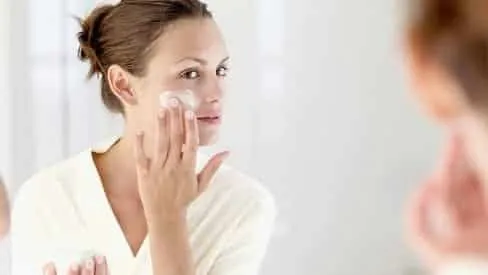
However, after a complete assessment, to identify when the problem started, among other factors, it is important to control the factors causing rosacea. This way, I can even achieve effective monitoring and control of the disease.
Therefore, there are some tips and habits that can help prevent and control rosacea:
- Under no circumstances use or take any medication without a medical prescription. Look for a dermatology specialist as soon as you notice any changes to your face, such as redness and discomfort;
- We know that sunbathing is good for your health, but only in small doses and at specific times. Therefore, avoid too much exposure to the sun and drastic changes in temperature;
- Pay attention to your diet, and try to relate the foods you consume to the appearance of rosacea. Furthermore, be aware of the use of cosmetics and products that contain corticosteroids, this may also be related to the appearance of this skin inflammation;
- Avoid excessive consumption of alcohol and/or other aggravating factors;
- Be careful with excessive physical exercise, especially in the sun;
- And lastly, maintain a skin care routine. Wash your face with a soap or lotion suitable for your skin type. Avoid bathing or washing your face with very hot water, and choose products that contain calming and anti-inflammatory substances. Use a moisturizer with prebiotic ingredients to help restore the skin’s protective layer. And an important tip for everyone, and especially for those who suffer from rosacea: use sunscreen daily. It is essential for skin protection.
Anyway, what did you think of this article? Take the opportunity to also check out foods that leave your skin perfect.
Sources: Derma Clube Drauzio SBD
Featured Image: Maktub Clinic
Images: Diário da Manhã Denia.comCláudia SáExtra Royal Skin Dermaclub

Sign up for our newsletter and stay up to date with exclusive news
that can transform your routine!
Warning: Undefined array key "title" in /home/storelat/public_html/wp-content/plugins/link-whisper-premium/templates/frontend/related-posts.php on line 12
Warning: Undefined array key "title_tag" in /home/storelat/public_html/wp-content/plugins/link-whisper-premium/templates/frontend/related-posts.php on line 13

